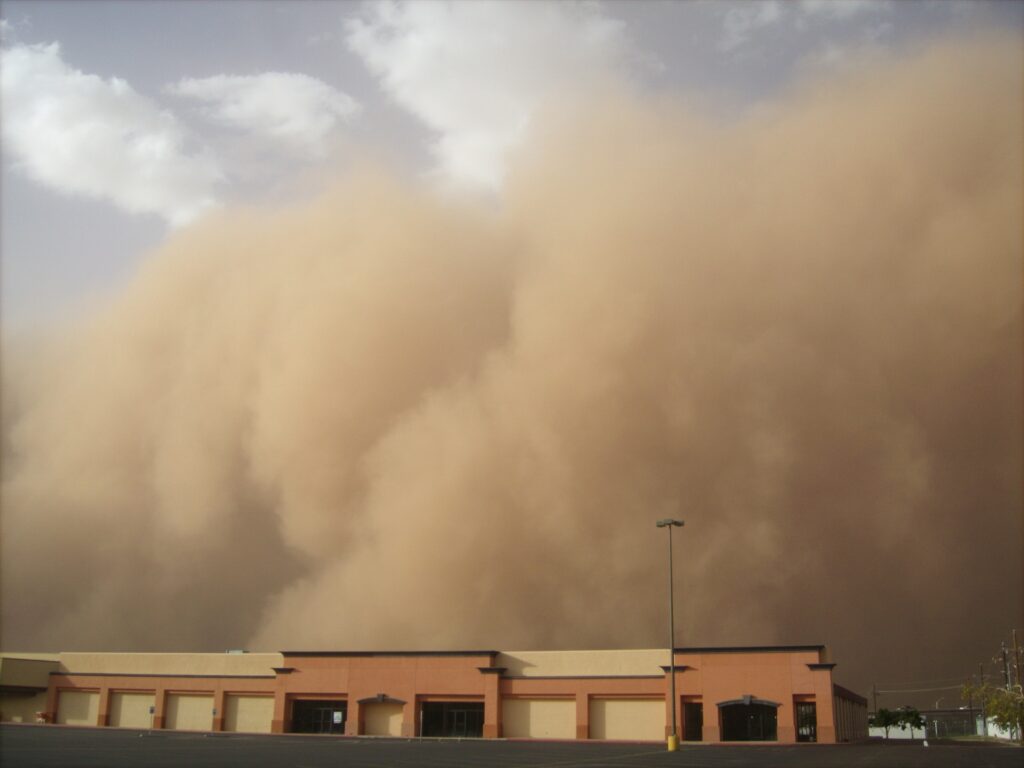Forecasts and warnings of sand and dust storms in Europe, the Middle East and North Africa are now more readily accessible thanks to a new website operated by the Meteorological State Agency of Spain (AEMET) and the Barcelona Supercomputing Center (BSC-CNS).
The new website – called the WMO Barcelona Dust Regional Center – coordinates the research activities and operations of the WMO Sand and Dust Storm Warning Advisory and Assessment System (SDS-WAS) in Northern Africa, the Middle East and Europe.
Since its initial launch in 2010, the website has provided access to available dust forecasts and observations, as well as to relevant information on the advances of mineral dust research. The user community embraces different sectors, such as solar energy plant managers, aviation professionals and policymakers from the environmental and public health sectors.
As traffic to the site has now increased to around 10,000 visits per month, the website was totally redesigned, enabling greater functionality and easier accessibility. The new version is open for users at dust.aemet.es.
The regional center uses the MONARCH atmospheric modeling system as its reference model and its ensemble forecasts include 12 different models from many countries. It is one of three regional nodes. The other two are Asia and Pan-America.
Sand and dust storms are common meteorological hazards in arid and semi-arid regions that generate large amounts of airborne mineral dust particles. Some 40% of aerosols in the troposphere are dust particles from wind erosion. Aerosols, particularly mineral dusts, impact weather as well as global and regional climate.
Sand and dust storms have become a serious global concern in recent decades due to their significant impacts on the environment, health, agriculture and socioeconomic well-being. Their impacts are felt in many regions of the world and tackling them is aligned with several targets of the Sustainable Development Goals (SDG) established by the United Nations (UN).



